
The U Bein Bridge in Amarapura, near Mandalay, Myanmar, January 2012.
photo © James Duncan Davidson.
Interview and text by Katerina Biliouri for Yatzer
If one had to roughly describe the work of American photographer James Duncan Davidson, it would have to be all about landscapes, street photography and portraits, all however, paying homage to artistic and architectural details. For the more tech savvy of us, Davidson is the software developer who created the Apache Ant and Tomcat software. For others, he is the photographer behind all the main stage photographs for TED and TEDGlobal conferences. And for those who follow his blog, he is the man behind some of the most stunning photographs in social media. But if you were to ask him to describe himself, he’d just call himself a professional amateur.
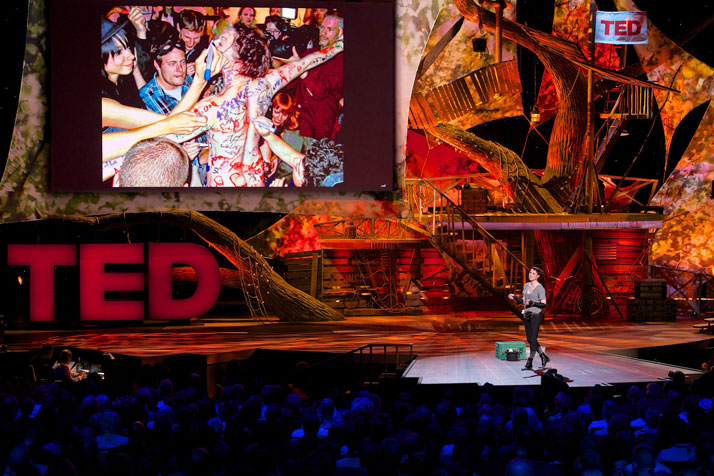
Amanda Palmer on stage at TED in Long Beach, February 2013.
photo © James Duncan Davidson.
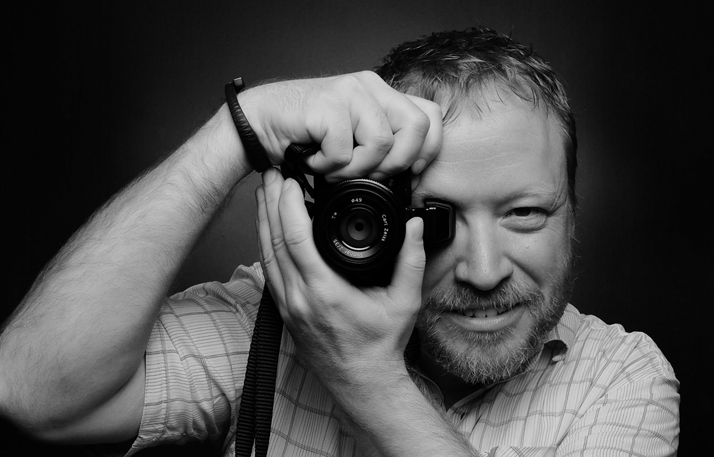
James Duncan Davidson, photo © David Hobby, 2013.
''At first glance, it might seem strange to put those two words [professional amateur] together as they are commonly used as antonyms. Some even see the word amateur as derogatory. Dig into its Latin roots, however, and you’ll find that one of the meanings of the word ''amateur'' is to do something for love. I don’t think there’s anything better. I don’t ever plan to stop adapting so that I can continue to work on things that I find important, satisfying, and fun with people I cherish.''
Duncan Davidson

Boys playing in an abandoned lot in Havana, Cuba, April 2013.
photo © James Duncan Davidson.
Duncan Davidson makes photos; he neither takes photos nor captures them, as he believes in the artistic creation of photography and the making of something new. A photo is an image that is never going to look or be exactly the same because in that moment that is frozen in time, it is the photographer who adds his or her personal touch and artistic view to an image. The moment a photographer captures that moment, a discovery of something new – be it beautiful or ugly, inspiring or scary - in every single detail is made. And within this process, what distinguishes his photos is his attention to details. Whether in a landscape, a texture, a reflection or a portrait, it is the details in his work that tell a story.
A minimalist at heart, Davidson loves clear forms, lines, curves, symmetry and perspective. In his landscapes and aerial photographs, he seeks to create the maximum effect through the use of the simplest and fewest elements where light always plays a pivotal role. Similarly, his street or travel photographs, rather than portraying masses of people, instead prefer to unravel one story at a time. With the words ‘reaction’ and ‘connection’ always foremost in his mind, Davidson’s portraits present something of the human nature of each person he captures through his lens, engaging the viewer in a thought provoking dialogue. Case in point: when he told the story of the Macworld 2007 conference, it was through the awe inspired eyes of people looking at the original iPhone prototype. In 2011, limited edition prints of this photo travelled to almost everywhere in the world.
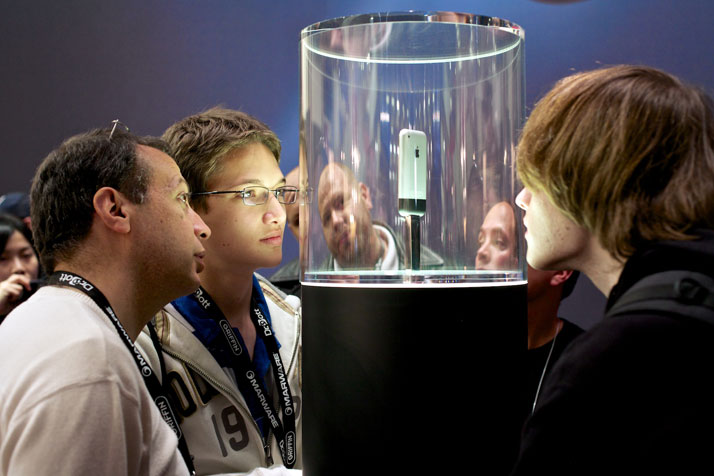
The original iPhone on display at Macworld in San Francisco, January 2007.
photo © James Duncan Davidson.

Sunrise over Bagan, Myanmar, January 2012.
photo © James Duncan Davidson.
As an event photographer, Duncan Davidson aims at exposing the essence of the moment in one photo that encompasses it all: using expressive gesture, decisive detail and the best light to create a moment that wraps up a still visual story of the conference speaker in a photo as textured, nuanced and as beautiful as possible. Placing himself in the middle zone, he tries to make sure people acknowledge his presence in a very subtle way: ''I am not invisible'' he claims ''I am there. I am neither an outsider, nor an insider. I am in the middle zone''.
[YatzerTip]: To our great delight, James Duncan Davidson is making prints available through his personal website once again. As is the case with his photos, his prints receive equal attention and can be customised to each person’s needs in terms of size and paper texture. Signed by the artist, the fine art prints that he makes himself come with a short, bonus ‘making of’ commentary too.

Detail at Hsinbyume (Myatheindan) Pagoda near Mandalay, Myanmar, January 2012.
photo © James Duncan Davidson.
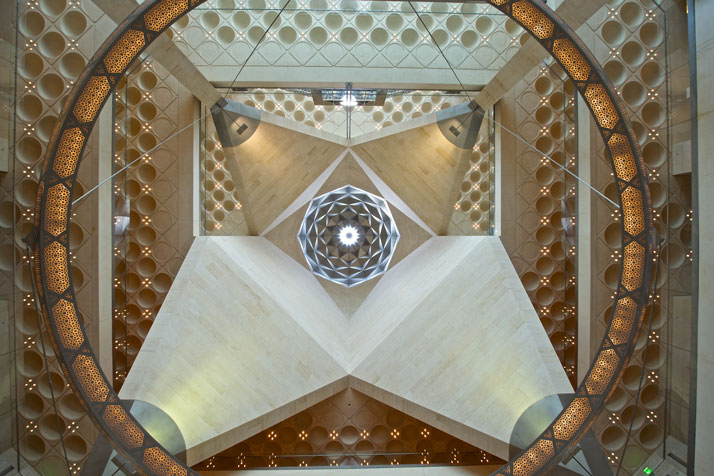
Atrium ceiling of the Museum of Islamic Art in Doha, Qatar, April 2012
photo © James Duncan Davidson.

Woman in a temple in Bagan, Myanmar, January 2012.
photo © James Duncan Davidson.

22º solar halo as seen from the Hotel Nacional in Havana Cuba, April 2013.
photo © James Duncan Davidson.
''Tribute in Light'' by James Duncan Davidson. A personal project for the tenth anniversary of 9/11.

The John Hancock building in Boston, August 2012.
photo © James Duncan Davidson.
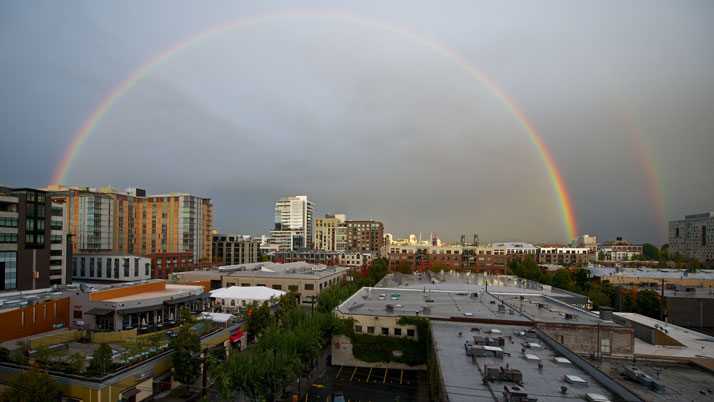
Double rainbow over the Pearl District in Portland, Oregon, October 2012.
photo © James Duncan Davidson.

Monk at Mahagandhayon Kyaung in Mandalay, Myanmar, January 2012.
photo © James Duncan Davidson.
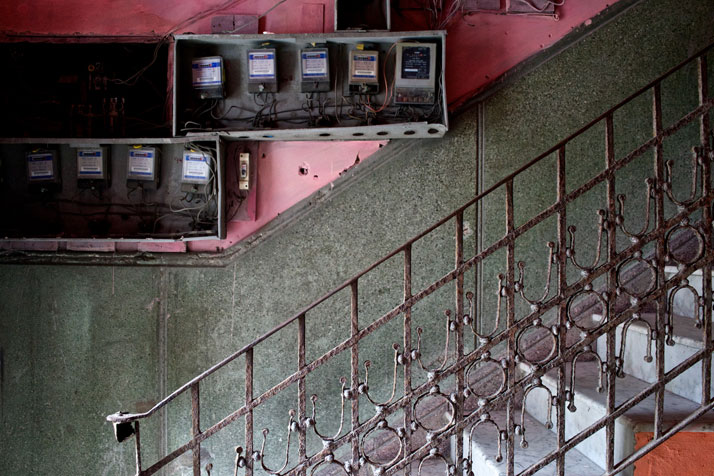
Entrance to a residential building near the Malecón in Havana, Cuba, April 2013.
photo © James Duncan Davidson.

Alpenglow in Northern California, September 2011.
photo © James Duncan Davidson.

Stairs in Santorini, Greece, August 2012.
photo © James Duncan Davidson.

St. Nicholas Church in Santorini, Greece, August 2012.
photo © James Duncan Davidson.

Street scene in Havana, Cuba, April 2013.
photo © James Duncan Davidson.

License plate in Cuba, April 2013.
photo © James Duncan Davidson.
Duncan Davidson: Beauty Is In The Detail
The original iPhone on display at Macworld in San Francisco, January 2007.
photo © James Duncan Davidson.


The U Bein Bridge in Amarapura, near Mandalay, Myanmar, January 2012.
photo © James Duncan Davidson.

Amanda Palmer on stage at TED in Long Beach, February 2013.
photo © James Duncan Davidson.

James Duncan Davidson, photo © David Hobby, 2013.

Boys playing in an abandoned lot in Havana, Cuba, April 2013.
photo © James Duncan Davidson.

The original iPhone on display at Macworld in San Francisco, January 2007.
photo © James Duncan Davidson.

Sunrise over Bagan, Myanmar, January 2012.
photo © James Duncan Davidson.

Detail at Hsinbyume (Myatheindan) Pagoda near Mandalay, Myanmar, January 2012.
photo © James Duncan Davidson.

Atrium ceiling of the Museum of Islamic Art in Doha, Qatar, April 2012
photo © James Duncan Davidson.

Woman in a temple in Bagan, Myanmar, January 2012.
photo © James Duncan Davidson.

22º solar halo as seen from the Hotel Nacional in Havana Cuba, April 2013.
photo © James Duncan Davidson.

The John Hancock building in Boston, August 2012.
photo © James Duncan Davidson.

Double rainbow over the Pearl District in Portland, Oregon, October 2012.
photo © James Duncan Davidson.

Monk at Mahagandhayon Kyaung in Mandalay, Myanmar, January 2012.
photo © James Duncan Davidson.

Entrance to a residential building near the Malecón in Havana, Cuba, April 2013.
photo © James Duncan Davidson.

Alpenglow in Northern California, September 2011.
photo © James Duncan Davidson.

Stairs in Santorini, Greece, August 2012.
photo © James Duncan Davidson.

St. Nicholas Church in Santorini, Greece, August 2012.
photo © James Duncan Davidson.

Street scene in Havana, Cuba, April 2013.
photo © James Duncan Davidson.

License plate in Cuba, April 2013.
photo © James Duncan Davidson.















